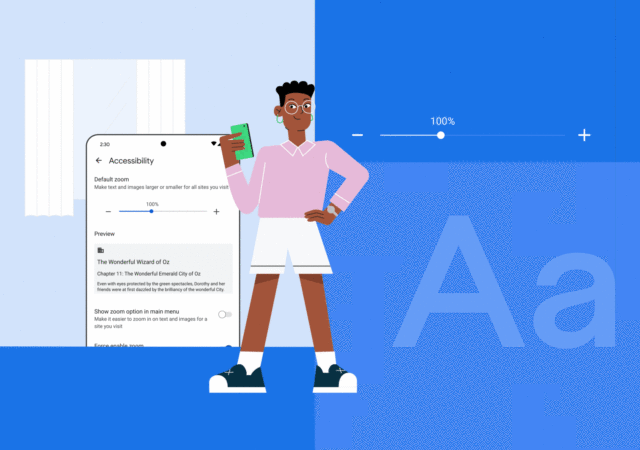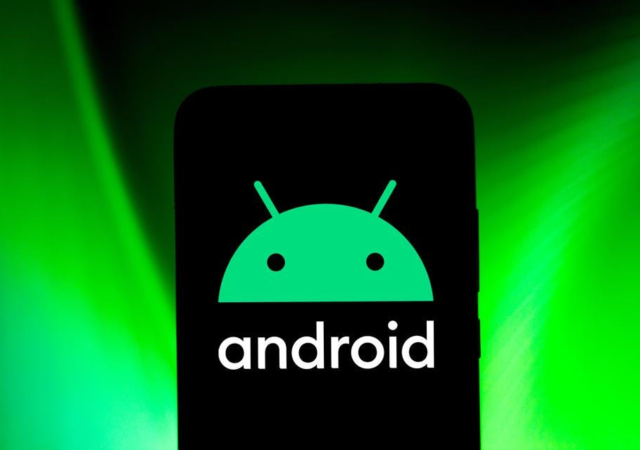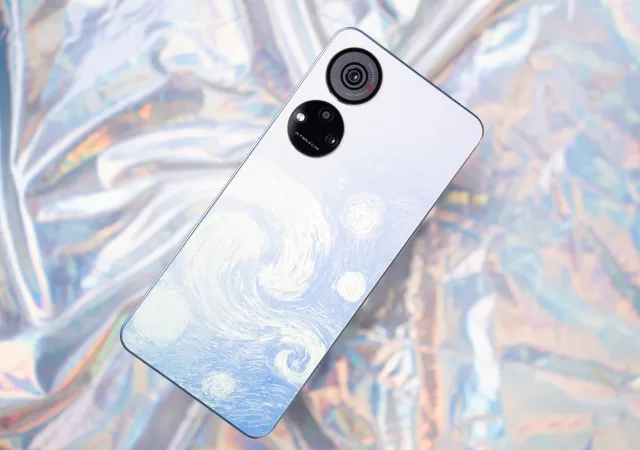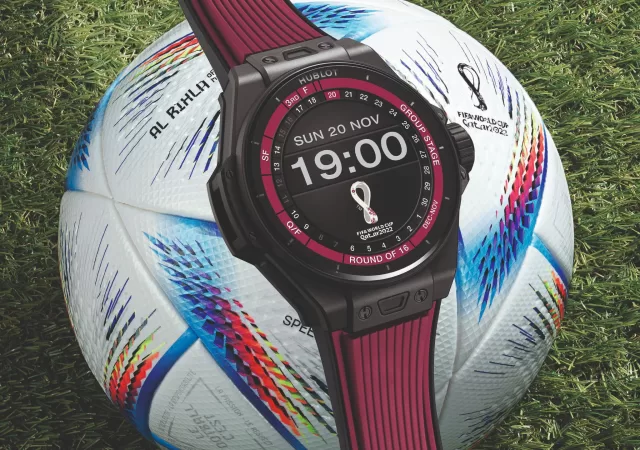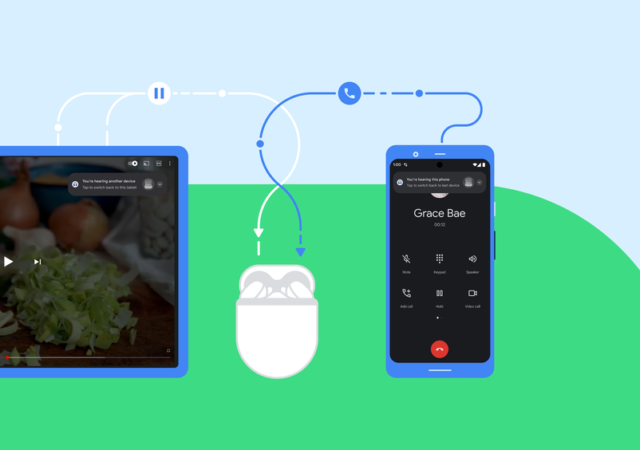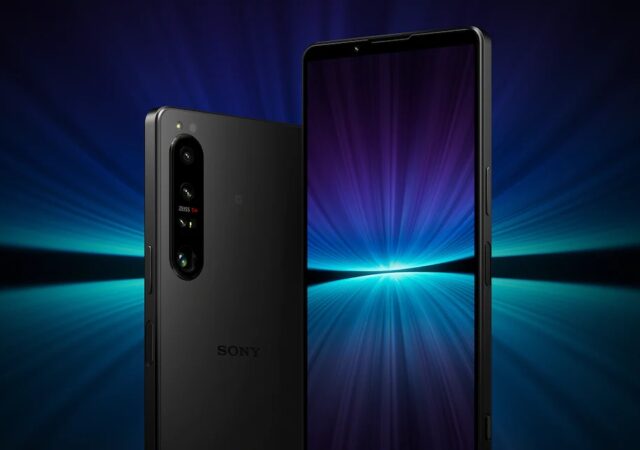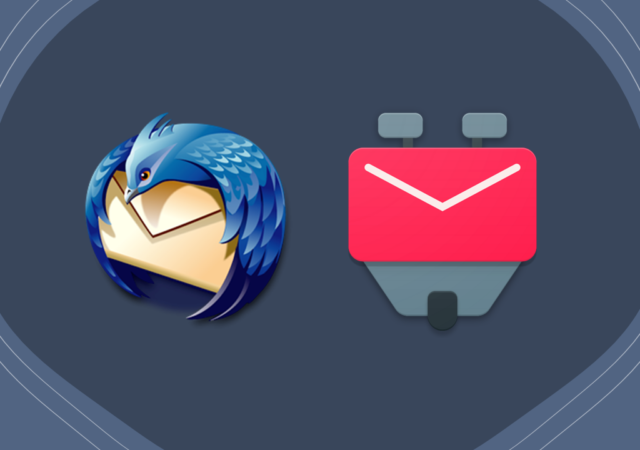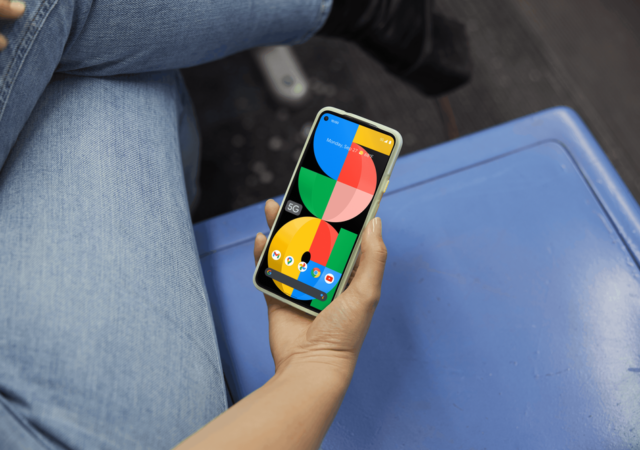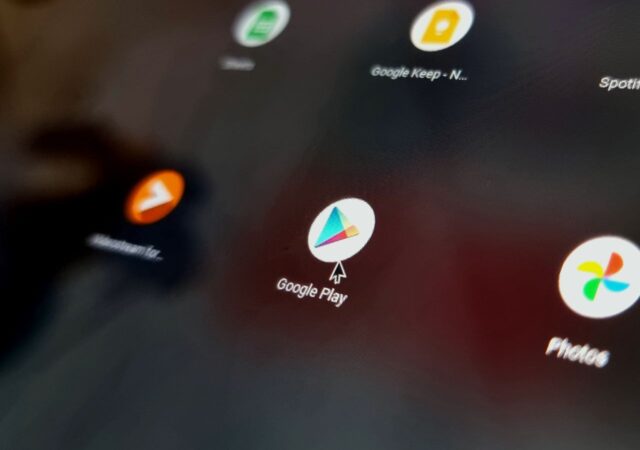Google announces a bunch of new features that enhance the user experience on Android, Wear OS and Chromebooks.
Mali GPU security gaps puts your device at risk
A known security vulnerability in Mali GPU could affect millions of Android devices as it remains unpatched as reported by Google. As reported first by 9to5Google, Google Project Zero has highlighted a security vulnerability known as CVE-2022-33917 affecting only Mali…
ZTE announces the Voyage 40 Pro+ to succeed Axon 40 SE
ZTE announces the new Voyage 40 Pro+ in China, a device that improves upon the Axon 40 SE released in October. ZTE has retained the key design elements and hardware of the mid-range Axon 40 SE and made some select…
Stay on top of the FIFA World Cup with Google Search
With the FIFA World Cup finally kicking off, Google offers new features in the Search Android app to stay up to date on every kick of the game! Stay ahead with notifications, statistics and live scores with the Google Search…
Audio Switching on Android, Coming Soon by Google
Google introduces a cleverer way to switching audio on your multipoint Bluetooth device with Fast Pair technology.
Sony Xperia 1 IV Available For Pre-order in Malaysia with Free WF-1000XM4
Sony’s latest flagship smartphone, the Xperia 1 IV, goes on pre-order in Malaysia for MYR6,099.
Mozilla Thunderbird Gets A K-9 on Its Mobile Journey
Mozilla Thunderbird is ready to be all grown up on both desktop and mobile. The company looks to be getting ready to move to mobile soon.
Switching From iOS to Android Made Easier with Google’s Switch to Android App on Apple App Store
Google have released the Switch to Android app on Apple’s App Store. The app helps users transition from an iOS device to any Android devices
Soon, Every App on Google Play Store Will Be New Updated Apps
Google is introducing a new security measure for apps in the Google Play Store. The new update will hide old apps from users.
[PSA] Android Users, if You Have This App; Delete it Immediately!
Pradeo found a malware on an app for Android devices. If you have the app, you want to delete it immediately.



